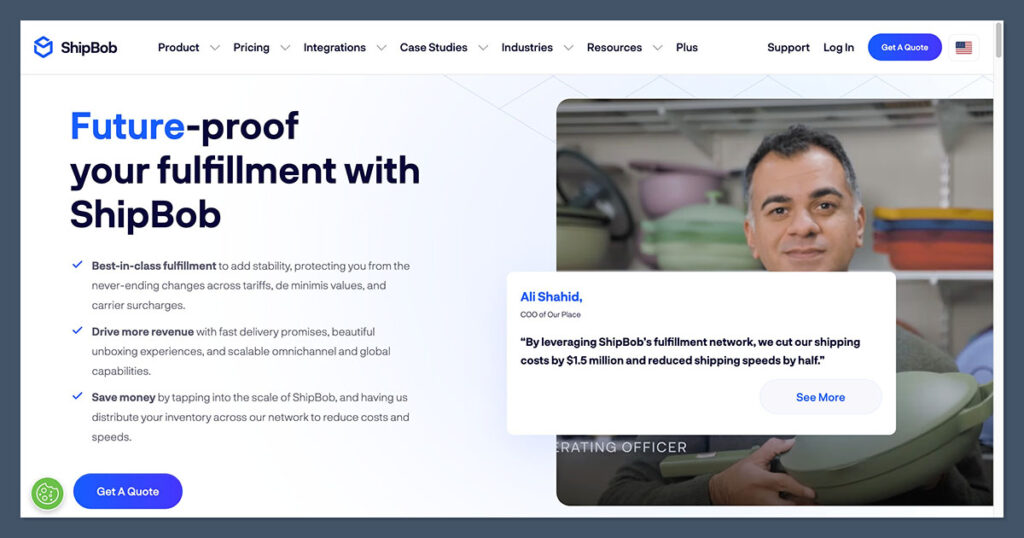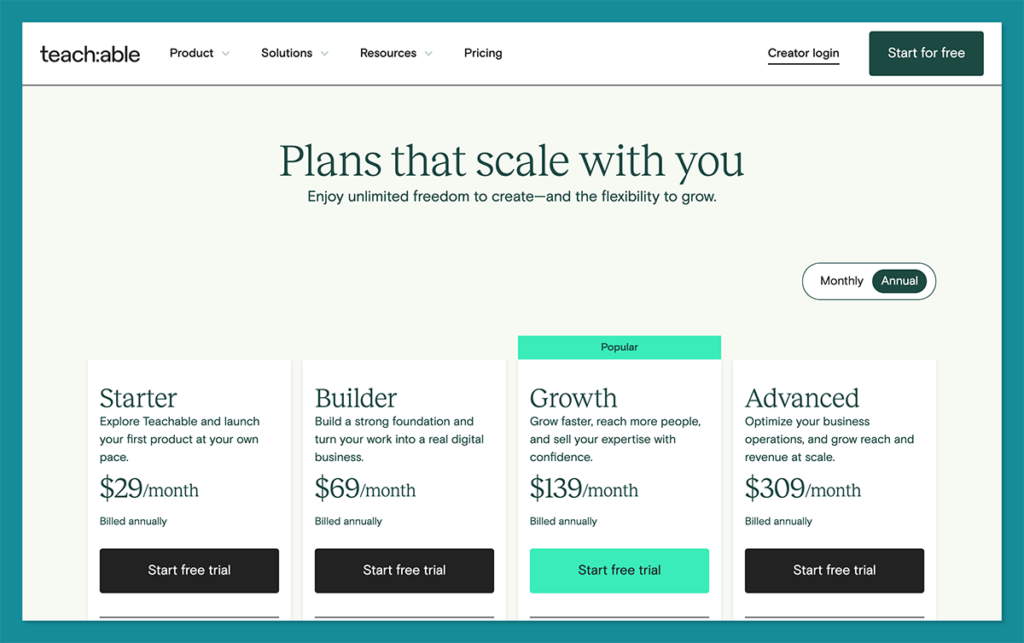6 Steps to successful small business branding
It’s time to bring your business to life. These six practical steps will help you build brand clarity, connect with your target audience, and create a consistent experience across every customer touchpoint.
1. Define brand purpose and vision

To create compelling marketing materials, clarify why your small business exists and what you want to achieve long-term. Your brand purpose is the reason behind what you do and offers a roadmap for future growth.
Ask yourself:
-
What problem am I solving for my target market?
-
What motivates me to run this business?
-
Where do I want the brand to be in five years?
A clear purpose and vision lay the groundwork for every other part of your brand development, from your messaging to your product designs. They help you stay focused and build a strong brand strategy.
2. Identify your target audience
To create a successful small business, you need to understand who you’re trying to reach. Your target audience is the specific group of people most likely to buy from you, based on factors like age, interests, location, values, and purchasing behavior.
Knowing your audience helps you:
-
Craft messaging that speaks directly to their needs
-
Choose branding elements that resonate with them
-
Select the right marketing channels
Start by researching:
-
Who are your ideal customers?
-
What problems are they trying to solve?
-
What do they value in a product or service?
When you know your audience, you can build a brand image that clicks—and actually means something.
3. Establish your values, mission, and brand positioning
These define what your small business stands for and how it’s perceived. Clear values guide your decisions and build trust, while your mission explains what you do and why it matters.
For example, if you sell eco-friendly apparel, your mission might be, “To make sustainable fashion accessible without compromising on style.” It tells people what you offer and why it’s worth paying attention to.
Positioning shows what makes you different in your niche—whether it’s your design, service, or approach. Together, these elements shape your brand strategy and help you connect emotionally with your target audience.
4. Develop your brand voice and personality
Your brand voice is how your small business communicates across all platforms—from your product pages to emails and social media.
This is your chance to speak directly to your target audience in a way that feels natural and relatable.
Whether you’re aiming for a tone that’s fun and casual or professional and informative, your voice shapes your overall brand identity and helps you reach the right customers.
It gives your brand personality and also creates an emotional connection, helping people feel like they’re engaging with a business that cares.
5. Design your visual identity
Your brand’s visual identity includes your logo, colors, fonts, and overall design style. Choose elements that reflect your brand’s personality, whether it’s bold, minimal, playful, or premium.
Then, apply them everywhere—your website, packaging, social media, email templates, and anything your audience sees. The goal? A brand look that’s instantly recognizable and consistently polished.
6. Build customer relationships
Customer loyalty doesn’t happen by accident, but is shaped by your brand strategy. Every touchpoint should feel authentic.
Go beyond the sale. Respond quickly, stay consistent in your messaging, and add personal touches that show customers they’re more than just a transaction.
That’s how you turn casual buyers into long-term brand advocates.
Pro tip: Explore emerging print-on-demand business ideas to get started with right now.
Branding mistakes to avoid

Even with a solid strategy, certain missteps can weaken your brand and confuse your audience.
Avoid these common branding mistakes to keep your identity clear, consistent, and impactful.
Inconsistent visuals or messaging
Inconsistent branding—whether in colors, logos, typography, or tone—can confuse your audience and weaken your brand identity.
If your website, marketing materials, and social media platforms don’t align visually or verbally, customers may question your professionalism or struggle to recognize your brand.
Copying competitors
Looking at successful brands for inspiration is great, but don’t directly copy their branding elements or messaging. Aside from potentially infringing on copyright, this harms your small business’ credibility.
What works for someone else’s audience may not work for yours. Authenticity is key—your brand identity should reflect your unique values, story, and approach.
Ignoring customer feedback
Your target customers are the most valuable sources of insight. Ignoring their feedback can lead to misalignment between your brand strategy and their expectations.
Whether it’s comments on social media, product reviews, or direct messages, client input can help you improve your brand experience for a more successful business.
Trying to appeal to everyone
Brands that attempt to cater to all audiences often lack a clear identity and fail to connect meaningfully with anyone.
Focus on your niche and target clients. This allows you to build a great brand strategy and cultivate a loyal customer base.
Not analyzing performance and adjusting
Branding isn’t a one-and-done task—it’s an ongoing process. If you’re not regularly evaluating performance, you might miss key opportunities for improvement.
Tracking engagement, reviewing marketing data, and listening to your audience help you adapt and strengthen your brand as your small business evolves.




